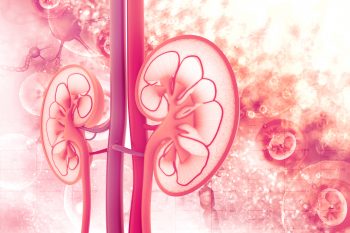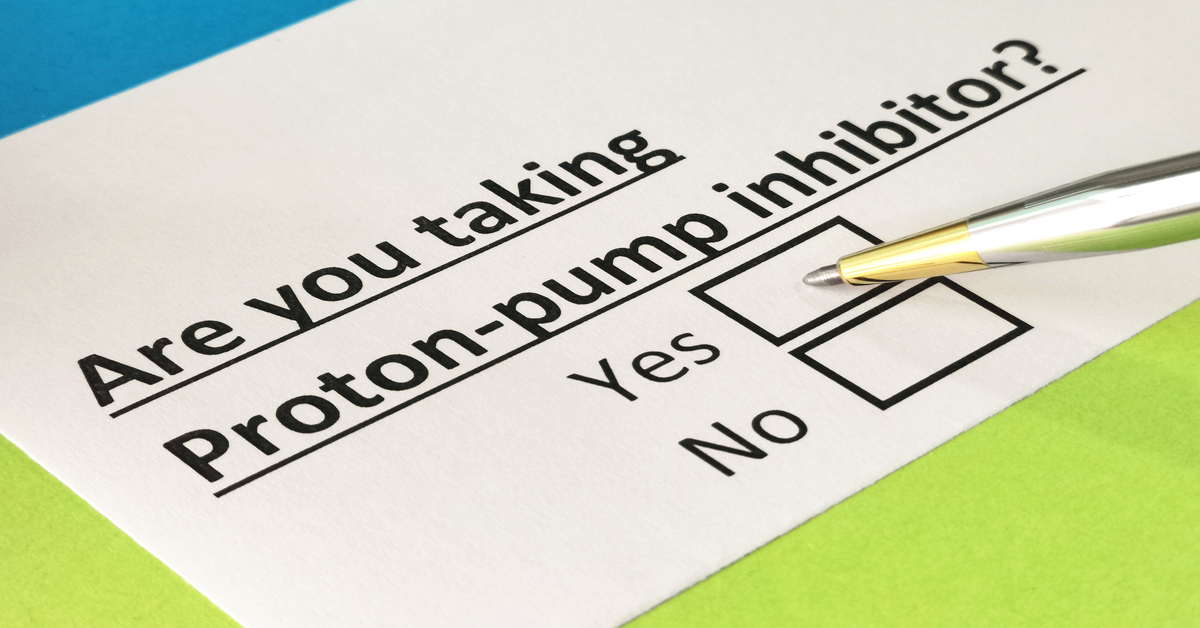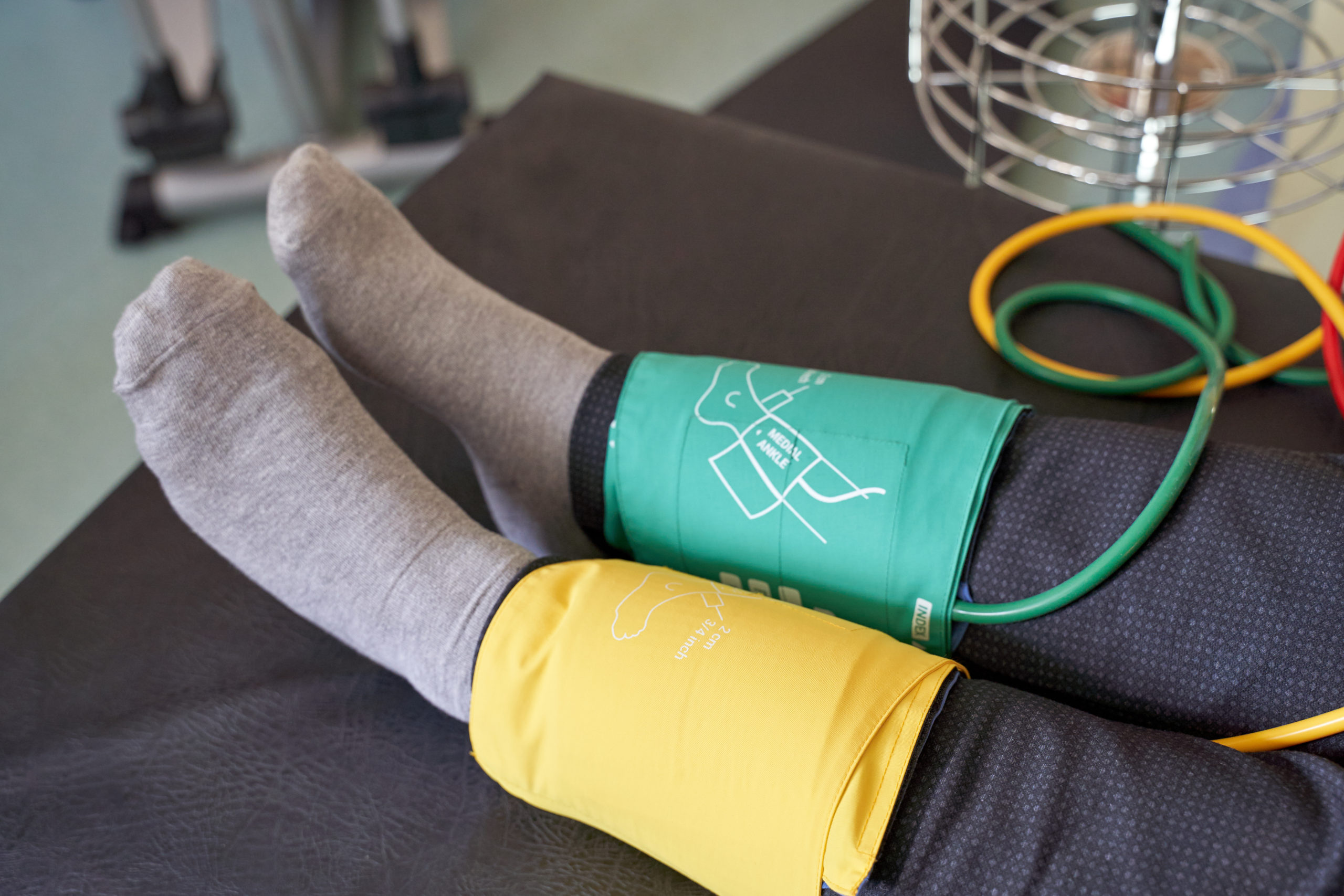
Patients with chronic kidney disease (CKD) may experience both hyperkalemia and metabolic acidosis. Erin Cook, MD, and colleagues conducted a study designed to determine the prevalence of metabolic acidosis among patients with CKD and hyperkalemia. Results were reported in a presentation at the NKF Spring Clinical Meetings in a session titled Prevalence of Metabolic Acidosis among Patients with CKD and Hyperkalemia.
Electronic medical records from the Research Action for Health Network were utilized to estimate the annual prevalence of metabolic acidosis among patients with CKD and hyperkalemia from 2014 to 2017. For each calendar year, adult patients eligible for participation in the study had CKD stage 3-5 (≥2 estimated glomerular filtration rate values <60 mL/min/1.73 m2 or ≥1 CKD diagnosis code) and ≥1 bicarbonate laboratory value available. Exclusion criteria were end-stage renal disease (CKD stage 5 and the need for dialysis in the prior year).
Metabolic acidosis was defined in the primary analysis as bicarbonate <22 mEq/L for potassium >5.0 and >5.5 mEq/L. The prevalence of metabolic acidosis defined as bicarbonate <18 mEq/L with both hyperkalemia cutoffs was also calculated.
During the study period, the prevalence of metabolic acidosis, (bicarbonate <22), ranged from 24.5% to 29.4% for potassium >5.0 and from 33.1% to 39.1% for potassium >5.5. Of the patients with CKD and potassium >5.0, those with metabolic acidosis (bicarbonate <22) were younger (mean age 68.7 years vs 74.0 years), more likely to have CKD stage 5 (34.8% vs 13.4%) or type 2 diabetes (62.6% vs 56.3%), less likely to receive renin-angiotensin, aldosterone system inhibitors (54.3% vs 59.8%), and more likely to receive potassium-binding treatments (32.1% vs 10.5%), diuretics (61.2% vs 52.0%), or oral sodium bicarbonate (20.9% vs 4.0%), compared with those without metabolic acidosis.
In conclusion, the authors said, “From 2014-2017, metabolic acidosis prevalence (bicarbonate <22 mEq/L) ranged from 24.5% to 29.4% for potassium >5.0 mEq/L and 33.1% to 39.1% for potassium >5.5 mEq/L among patients with CKD and hyperkalemia and was sensitive to the definition of metabolic acidosis utilized. Metabolic acidosis is commonly seen in conjunction with hyperkalemia in patients with CKD stage 3-5, as the kidney’s ability to maintain electrolyte and acid-balance is compromised.”
Source: Cook E, Davis K, Israni R, et al. Prevalence of metabolic acidosis among patients with CKD and hyperkalemia. Abstract of a presentation at the National Kidney Foundation 2020 Spring Clinical Meetings; abstract #316.







 © 2025 Mashup Media, LLC, a Formedics Property. All Rights Reserved.
© 2025 Mashup Media, LLC, a Formedics Property. All Rights Reserved.